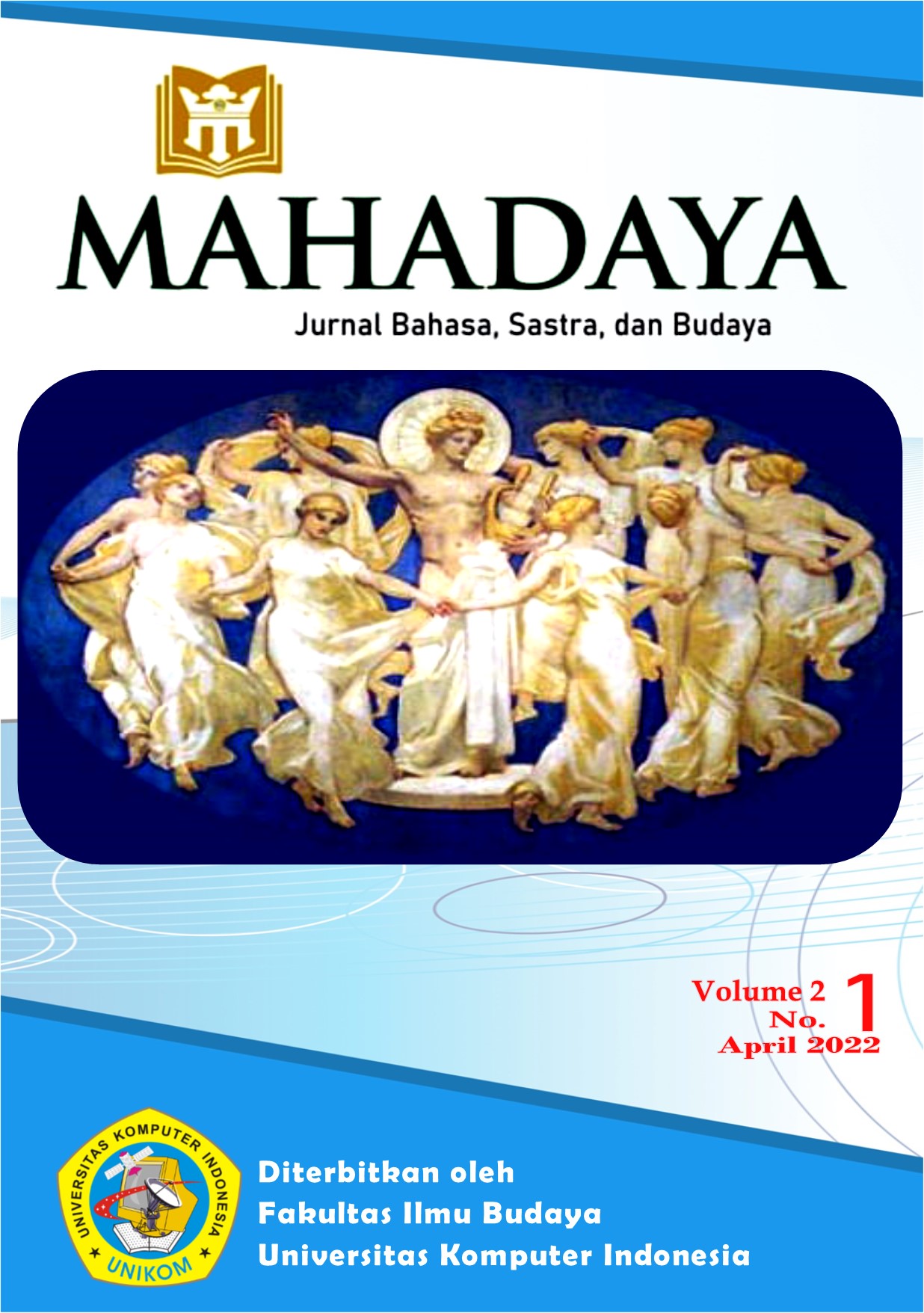PERGESERAN TERJEMAHAN DALAM WEBSITE RUANG GURU CAREER
Main Article Content
Abstract
Maintaining a meaning, a translator often performs some shifts to adjust the grammar rules and equivalents. As unavoidable acts, the translation shifts represent different cultures and different thoughts that represent in both grammatical rules of languages involved. According to Catford (1965) shifts are consists of two parts, namely level shift (Level Shift) and category shift (Category Shift). In this study, some analysis using Catford's theories were put to analyze the translation shifts occurred in the official Ruangguru career website. Identifying types of shifts was the main focus. The study method used was a comparative-descriptive-qualitative approach. The results obtained in this study are 30% (thirty percent) unit shifts, 40% (forty percent) structure shifts, and 30% (thirty percent) Intra-System Shifts. Shifts in translation occur due to adjustments to the translation caused by differences in grammatical rules. From the analysis of the shifts carried out, three types of shifts were found in the translation. These shifts are shifts in units, shifts in structure, and shifts in intra-systems. Skills on applying the shift rules may assist a translator to have the best translation equivalence.
Keywords: Translation, Translation shift, Category shift, Ruangguru Career

